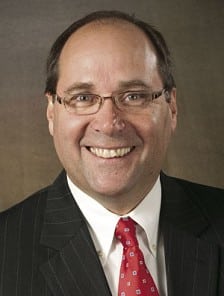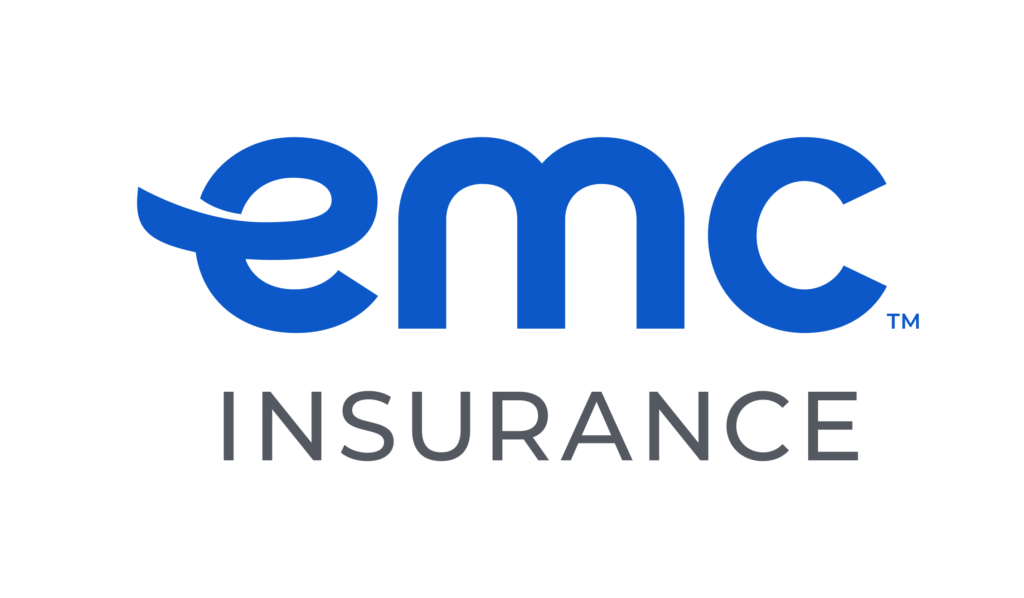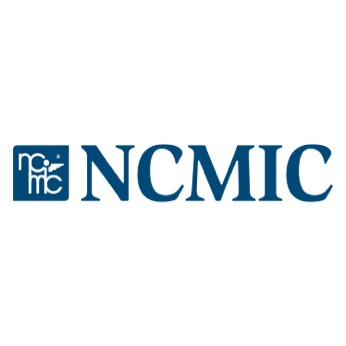A Closer Look: Jim Plagge
President and CEO, Bank Iowa Corp.
Jim Plagge was named president and CEO of Bank Iowa Corp. in early June. He took the position held by Stan Honken, who retired July 1, and who continues to serve on the holding company’s board of directors. Bank Iowa has assets of $1.1 billion and 24 branches in 21 communities, including West Des Moines, Altoona and Johnston. Plagge and his family moved to Clive from Orange City, where he had been with Northwestern Bank for 26 years and served as its president since 1992. Throughout his career, Plagge has been involved in numerous charities, associations and civic groups, including various school and church committees and the local hospital and economic development foundations. He plans to do the same in Greater Des Moines, where he also anticipates whetting his appetite for political discussion. He joked that politics in his old neck of the woods is something of a “one-horse Johnny,” where Johnny is U.S. Rep. Steve King. Plagge anticipates political discourse will be more wide ranging in Greater Des Moines.
Why did you change banks?
I had a career direction with (Northwestern Bank’s holding company) Security National Corp. that I was very comfortable with, but I was contacted by this organization, which, with the exception of Des Moines, serves six rural regions. That’s the type of banking I’m most familiar with. When I was presented with the opportunity to throw my hat in the ring, I thought it was a very good match from the type of organization that it is, the culture of the organization, and it presented a great opportunity for me as well.
You will have more of a commercial focus in Greater Des Moines. Does that concern you?
There’s a little trepidation. Obviously it is better than it was three years ago. It’s still a tenuous situation and it’s very competitive on top of that, so you have the ingredients for trouble. How aggressively do I want to dip my toe back into that environment? I think everyone is acting a bit smarter than we all were back in the mid-2000s. Even in the non-metro areas, we all had a bit of that going on, and we all learned a few things. The ones who entered the Des Moines metro market when things were hot had a steep learning curve, and they were trying to make their presence felt immediately and their timing was bad. Fortunately for Bank Iowa, there was a strong foundation to fall back on.
How do you want to grow the bank?
We’re looking to grow the bank in all of our regions. Because we have a presence out in the state, there’s opportunity in those (rural) markets as well. We see our future there handling some of the larger operations. That will be primarily in agriculture, but commercial as well. It’s going to be capturing a bigger share of the market in those areas because the market itself isn’t growing.
Has the surge in farmland prices concerned you?
A little bit, but I am familiar with who is buying the land in northwest Iowa, and the lenders aren’t going crazy. … When the farm economy fell in the 1980s, farmland was leveraged up to 100 percent. If farmland prices would fall back a little bit, I’m not concerned that it would have a huge negative impact.
Banks in general and Iowa banks in particular are posting a recovery. What are the threats to that recovery?
The general condition of the economy; are we going to continue to muddle along or not? The low and flat interest rates for more than three years just result in a continuing erosion of our margins. When things don’t change, you can’t exert any control over it. And then the increased regulatory environment is imposing costs and personnel burdens on the industry. If we see a change in who controls both houses of Congress, I think some of that will back off, but government never shrinks. Every time there is a problem, we come up with a solution. We always want to develop a process or rule to correct a problem, even if it’s a one-off problem. Community banks, we didn’t create the problems, but we are being made to pay.
What are the bright spots in the banking industry?
There’s a lot of grinding it out right now. In the metro area, it’s going to continue to grow, and any time you have growth in an environment, that creates opportunities for banks. As there continues to be consolidation, the borrowing needs are going to get larger, and that’s going to take a larger institution to meet those needs. Growth through acquisition would be another opportunity. But mostly growth by capturing market share, because smaller banks aren’t going to be able to meet that need. Natural growth plus growth through acquisition has been the Bank Iowa model.












